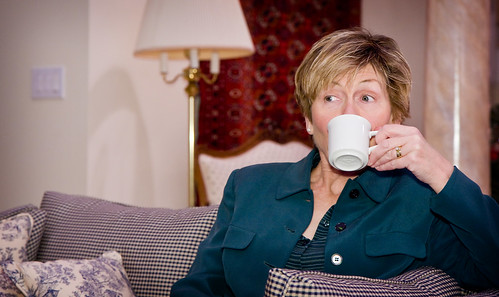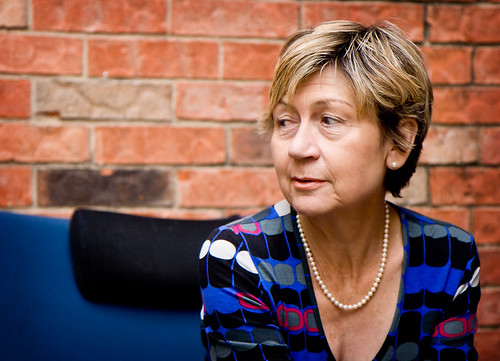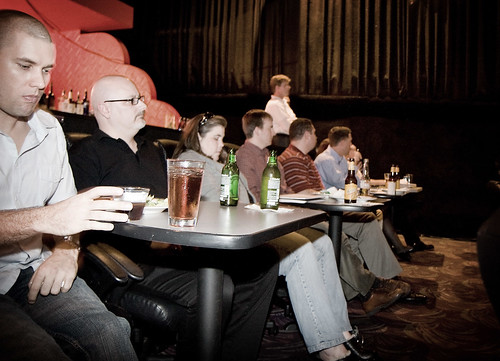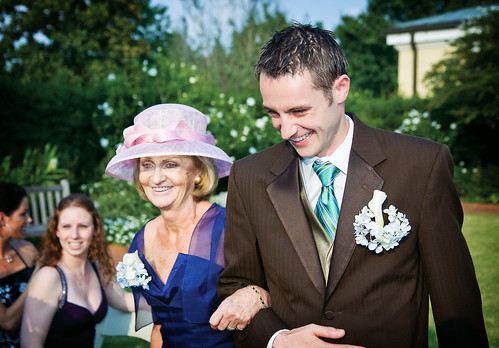I look forward to SXSW every year—it’s heaps of fun. Sure, there’s the web-stuff learning (which is good), but it’s also nice to be able to see friends again that I’ve made over the years. (For instance, that shot above is with Kevin and I—I can’t even remember how many years ago he and I had met, but it’s always good to chat with him again.)
In all, I think I took around three hundred fifty photos and I believe I’ve posted around twenty five. Last year, I had rented Canon’ 17–55 f/2.8 lens and I was really pleased with how it worked out. I just happen to have bought one a couple months ago, though, so I didn't need to rent one this time around.
My new photography gadget, though, was a Lumiquest Softbox. Unlike a traditional softbox that one might have off-camera on a light stand or the like, Lumiquest’s Softbox is designed to attach right to one’s flash. Granted, there’re about a bajillion flash diffusers/bouncers on the market (and many an online discussion thread on which one is “best”), but the reason I went with this particular product is that I was pretty sure I wouldn't have much in the way of ceilings of which to bounce off.
I’m still getting a feel for flash photography and the nuances of manual exposure toward balancing one’s ambient light with the light from one’s strobe, but I think I’m getting closer. On the other hand, I’m sometimes unsure about metering modes (evaluative/matrix, center-weighted, spot, and so on) and which ones may be most suited for flash photography.
Part of me wants to lean toward spot-metering, but on my Canon 40D, the spot metering is always done off the center focal-point (as opposed to the active focal point). I’m sure that’s messed up my exposure more than once, but I haven't quite decided if maybe I just need to learn how to use spot-metering better or if another metering mode would be more worthwhile.
In all, though, SXSW was awesome. Part of me was a little worried that it could have been even more crowded than last year, but whether through room rejiggeration or maybe scheduling tweaks, the organizers seemed to have largely taken care of some of the crowding issues that had crept in last year. Plus, this year, my brother and I had a chance to get dinner together on the Tuesday night as I was heading out (from Interactive) and he was heading in (for Music). What a great way to round things out.




